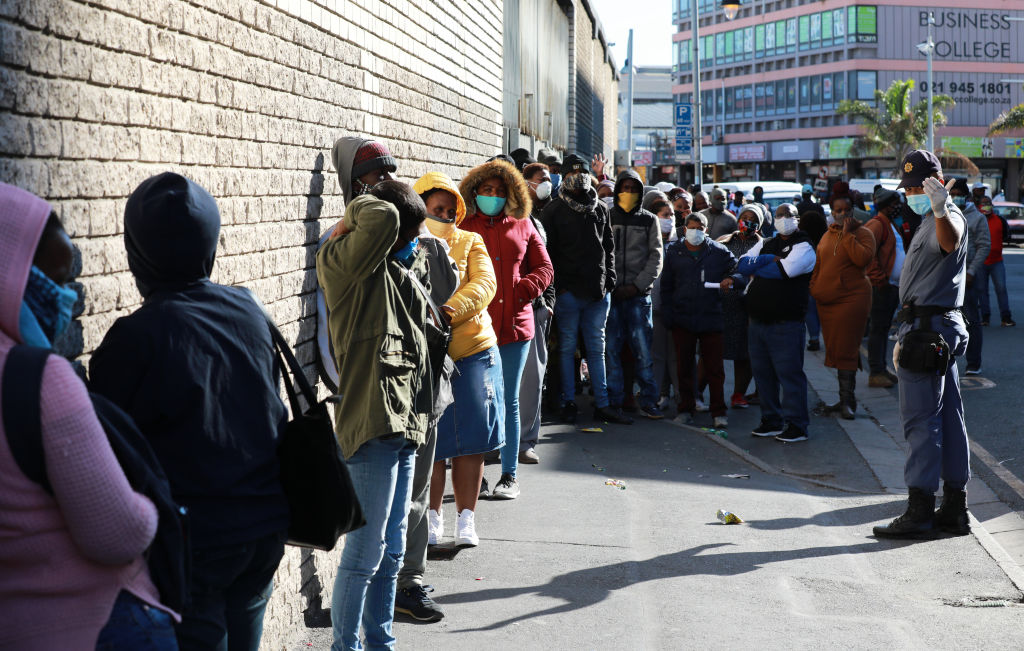MARKETS AND ECONOMY
UK unemployment falls back to 5%
Published
5 years agoon

UK unemployment falls back to 5%
The unemployment rate fell to 5.0% in November to January, down from the last reading of 5.1% in October to December, according to latest ONS data.
Read Also:
A total of 63.1% of job losses are amongst the under 25s meanwhile record levels of economic activity are amongst young people.
Laith Khalaf, financial analyst at AJ Bell, comments: “A 0.1% fall in unemployment wouldn’t normally be a great cause for celebration, but a year on from the first lockdown, every little win counts. Overall unemployment has been relatively benign so far in the crisis, thanks to the ton of government support that has been thrown at the labour market. Indeed 19% of the business workforce are currently on furlough according to the ONS. It’s scant consolation to anyone who has lost their job as a result of the pandemic, but the unemployment rate today is no worse than it was in 2015, despite large parts of the economy being shuttered for much of the last year.
“While the coronavirus itself tends to be more severe for the elderly, economically it’s young adults who have borne the brunt of the pandemic. 63.1% of the reduction in workers on company payrolls in the last year are accounted for by the under 25s. Over half of job losses have been in hospitality, and almost a third have been in London. There’s simply never been a worse time to be a young barista in the nation’s capital.
“The economic inactivity rate for people aged 16 to 24 has reached a record high of 40.7%, which means lots of young people without a job and not looking for one either. Part of that is probably due to the fact we’re still in lockdown and opportunities for work are restricted. But the number of young people in full-time education has also hit a record high of around 46%, which shows that many are using the opportunity to upskill in preparation for the jobs market opening up.
“The extension of the furlough scheme and support for the self-employed in this month’s Budget will help to push off the peak of unemployment until later in the year and make the dip in job prospects shallower. The OBR reckons unemployment will rise to a peak of 6.5% towards the end of 2021, which compares with a rate of over 8% during the financial crisis. But that’s still hundreds of thousands of jobs which are expected to be lost. However, economists’ forecasts are usually confounded by reality and given the unique and dynamic nature of the current economic crisis, it’s best to record any predictions with a light pencil rather than a marker pen.”
Share this:
- Click to share on X (Opens in new window) X
- Click to share on Facebook (Opens in new window) Facebook
- Click to share on WhatsApp (Opens in new window) WhatsApp
- Click to share on Pocket (Opens in new window) Pocket
- Click to share on Telegram (Opens in new window) Telegram
- Click to email a link to a friend (Opens in new window) Email
- Click to share on LinkedIn (Opens in new window) LinkedIn
